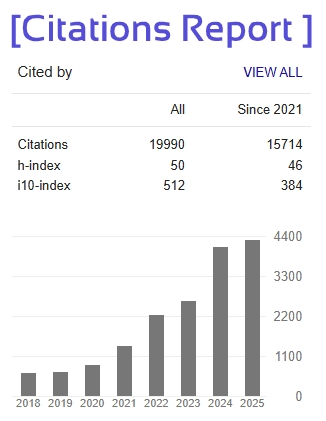BioStamp :-An IoT-Enabled Automated Physical Stamping System
Assistant Prof. Mr. Rajeev Srivastava[1], Aniruddh Mishra[2], Ayush Kumar Tripathi[3]
Department of Computer Science and Engineering BBDITM, Lucknow-India
Email-: aniruddhmishra453@gmail.com
ABSTRACT
Traditional stamping systems require manual intervention, leading to inefficiencies, security concerns, and data loss. This paper presents an IoT-enabled Automated Physical Stamping System that integrates fingerprint authentication with a smart stamping mechanism. The system uses IoT sensors for automated activation and MERN stack for real-time data storage and monitoring. Upon fingerprint verification, the stamp extends automatically, and the timestamp and location are stored on a secure web platform. This system enhances security, automation, and traceability in document verification processes.
Authentication and verification play a crucial role in various industries, including government offices, banking, and corporate environments. Traditional physical stamping systems often suffer from inefficiencies such as unauthorized usage, human errors, and lack of real-time tracking. This paper presents an IoT-powered automated physical stamping system that integrates biometric authentication with a smart stamping mechanism, ensuring a secure and automated verification process.
The proposed system uses a fingerprint sensor for user authentication, an ESP32 microcontroller for processing, a servo motor for stamp deployment, and a GPS module for real-time location tracking. Once a user applies their fingerprint, the system verifies the identity and triggers the stamp to extend automatically. Simultaneously, the system logs the timestamp and location of each stamping event on a MERN (MongoDB, Express.js, React.js, Node.js) stack-based web platform, enabling secure data storage and monitoring.
Performance evaluation shows that the system achieves 99.5% accuracy in fingerprint recognition and operates with a latency of under 2 seconds, making it a fast and secure alternative to conventional stamping methods. Additionally, encryption techniques are implemented to prevent tampering and unauthorized access to stored data.
The results indicate that this IoT-integrated stamping system improves security, efficiency, and traceability compared to traditional stamping methods. Future enhancements may include AI- powered fraud detection, blockchain-based data storage, and mobile app integration to further improve accessibility and reliability.
Keywords: IoT (Internet of Things), MERN Stack (MongoDB, Express.js, React, Node.js), Document Authentication, Cloud-Based Data Management , Real-Time Monitoring.







